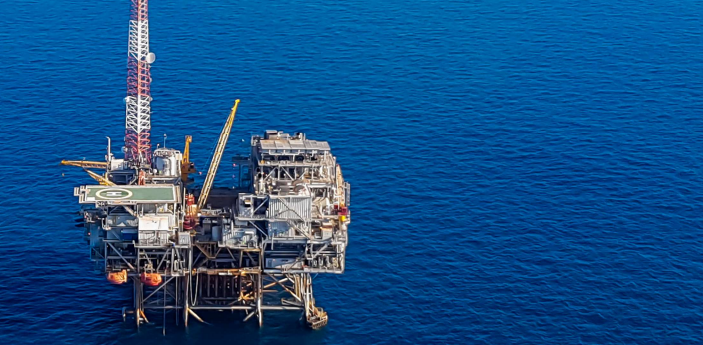Wood Mackenzie predicts that global oil and gas development spend needs to increase by about 20% to meet future demand growth and make sure that companies can have a sustainable production over the next decade.
According to Wood Mackenzie, the recovery is much slower than in previous times, with development spend increasing by 5% this year, after a 2% rise on 2017. What is more, investment increases from a low of US$460 billion in 2016 to just over US$500 billion in the early 2020s are far below the US$750 billion peak in 2014.
[smlsubform prepend=”GET THE SAFETY4SEA IN YOUR INBOX!” showname=false emailtxt=”” emailholder=”Enter your email address” showsubmit=true submittxt=”Submit” jsthanks=false thankyou=”Thank you for subscribing to our mailing list”]
As Tom Ellacott, senior vice president, corporate research, said companies are now cherry-picking the best conventional projects for greenfield development. ‘But not enough new high-quality projects are entering the funnel to replace those that have left.’ Thus, conventional growth inventories have decreased during the downturn.
In addition, global pre-FID conventional reserves can only cover two years of global oil and gas production, during a time when, ahead of a new wave of big LNG projects, investment in conventional, deepwater, US shale gas and oil sands will be well below pre-downturn levels.
Howeve, US tight oil could remain its consistent investment growth over the next few years, driven by the Permian.
This will divide, the corporate sector in two:
- The US tight oil “haves” which have a strong outlook for investment and growth;
- The “have nots”, most of which face a looming production challenge next decade.
In order to start a new investment cycle, Wood Mackenzie believes that annual development spend will need to increase to around US$600 billion to meet future demand for oil and gas through next decade.
Nevertheless, it also expects strict capital discipline to continue to drive investment decisions, at least in the near future. This will benefit short-cycle, higher-return opportunities.
All of these facts, made Wood Mackenzie say that bigger and better conventional projects will be required. Currently, about half of the reserves in its pre-FID project dataset need oil prices above US$60 per barrel to achieve a 15% return.
As a result, more progress in project re-scoping, digitalisation and better fiscal terms will all be critical in getting these projects over the line.
Furthermore, exploration success will also be vital to refill depleted conventional inventories. Yet-to-find volumes could be of great assistance, but exploration budgets were cut 60% during the downturn and have not recovered yet.





























































